Table of Contents
- Anatomy and Importance of Car Frames
- Key Components of Car Frames
- Importance of Car Frames
- What type of welding is used for car frames
- MIG Welding (Metal Inert Gas)
- Stick Welding (Shielded Metal Arc Welding – SMAW)
- Spot Welding Techniques
- Robotic Welding in Car Frame Production
- Advanced Welding Methods for Car Frames
- Considerations in Choosing Welding Methods for Car Frames
- Challenges and Innovations in Car Frame Welding
- Future Trends and Developments
- Conclusion
- FAQs
- Which welding method is best for aluminum car frames?
- Are there any environmental concerns related to welding in car manufacturing?
- Can different welding methods be used together in car frame construction?
- Are there welding methods specifically suited for electric or hybrid car frames?
- How do advancements in welding impact the overall cost of car manufacturing?
Welding stands at the core of automotive construction, ensuring the strength and safety of every vehicle on the road. Gaining insight what type of welding is used for car frames is crucial in automotive manufacturing. Car frames provide the stability, safety, and durability in vehicles. Welding methods are vital in building these frames, directly impacting their strength and performance on the road. This guide explores automotive welding, detailing the essential methods and factors for creating strong and secure car frames
Anatomy and Importance of Car Frames
Car frames are the skeletal foundation of every vehicle, providing the structural support necessary for safety and functionality. These frames, typically made from steel, aluminum, or a combination of materials, serve as the backbone onto which the entire vehicle is built.
Key Components of Car Frames
Main Structure: The main chassis forms the primary framework, dictating the vehicle’s overall shape and strength.
Subframes and Cross Members: Reinforcing elements beneath the chassis that enhance stability and absorb impact.
Suspension Mounts: Points where the suspension components connect, crucial for vehicle stability and handling.
Safety Cage: Integrated safety features that protect occupants during accidents or collisions.
Impact Zones: Strategically designed areas to absorb and dissipate crash energy, safeguarding passengers.
Importance of Car Frames
The significance of car frames lies in their role as the foundation for the entire vehicle. They determine the structural integrity, rigidity, and crashworthiness of an automobile. A well-designed and constructed frame not only enhances safety but also contributes to overall performance and handling.
Car frames undergo rigorous engineering and testing to meet safety standards, ensuring they withstand various stresses and impacts encountered during a vehicle’s lifespan.
Understanding the intricacies of car frames lays the groundwork for comprehending the critical welding techniques necessary to maintain their strength and durability. In the subsequent sections, we explore these welding methods in detail, examining their suitability and impact on the structural integrity of car frames.
What type of welding is used for car frames
In the automotive industry, various welding methods play distinct roles in the fabrication and assembly of car frames. Understanding these techniques is crucial to determine the most suitable approach for ensuring structural integrity and longevity.
TIG Welding (Tungsten Inert Gas)
TIG welding, known for its precision and versatility, employs a non-consumable tungsten electrode to create the weld. A shielding gas, typically argon, protects the weld area, ensuring a clean and strong bond. TIG welding offers exceptional control over heat input, making it suitable for welding thin materials found in car frames. Its precise nature allows welders to create high-quality, aesthetically pleasing welds, but it can be more time-consuming than other methods.
TIG Welding in Car Frame Construction:
Ideal for welding thinner metals like aluminum, providing strong, clean joints.
Commonly used for intricate and detailed work, ensuring precise welds in critical areas of the car frame.
Allows for welds with minimal splatter and better control over heat input, crucial for preserving the integrity of the frame.
MIG Welding (Metal Inert Gas)
MIG welding utilizes a consumable wire electrode fed through a welding gun, where it melts to form the weld. The process is shielded by an inert gas, often a mix of argon and carbon dioxide. MIG welding is known for its speed and ease of use, making it a popular choice in automotive assembly lines. It excels in welding thicker materials and is relatively forgiving, making it suitable for a range of applications in car frame construction.
MIG Welding in Car Frame Construction:
Offers efficiency and speed in welding thicker materials commonly used in car frames, improving production rates.
Provides good penetration and strong welds, making it suitable for structural elements of the frame.
Versatile and adaptable, enabling welders to work on various materials commonly found in car frames, like steel.
Stick Welding (Shielded Metal Arc Welding – SMAW)
Stick welding involves an electrode coated in flux that creates the weld when melted. It’s a versatile method capable of working in various conditions, making it suitable for outdoor or less controlled environments. However, its application in automotive frame construction might be limited due to its rougher finish and higher spatter compared to TIG and MIG welding.
Stick Welding in Car Frame Construction:
Less commonly used in car frame welding due to its rougher finish and higher spatter.
Offers versatility in challenging environments or outdoor conditions where other methods might struggle.
Can be used for thicker materials but might not provide the precision required for intricate car frame components.
Understanding the nuances of each welding technique helps in choosing the most appropriate method for specific aspects of car frame construction, ensuring durability, safety, and structural integrity.
Spot Welding Techniques
Spot welding involves applying pressure and heat to specific points, creating a fusion between metal sheets. This method is commonly used in car frame assembly, especially for joining thin sheets of metal, offering a strong bond while minimizing distortion.
Robotic Welding in Car Frame Production
Robotic welding systems have revolutionized car frame construction by enhancing accuracy and consistency. Car manufacturers employ robots for their ability to work tirelessly, ensuring uniform welds across the frames, improving overall structural integrity.
Advanced Welding Methods for Car Frames
Innovative technologies like laser welding and friction stir welding are emerging as potential game-changers in car frame welding. These methods offer unique advantages in terms of precision and minimizing heat-affected zones, contributing to stronger and lighter frames.
Considerations in Choosing Welding Methods for Car Frames
The selection of welding techniques for car frames depends on various factors, including the material used, design requirements, and adherence to safety standards. Each method presents trade-offs that manufacturers weigh based on specific needs.
Challenges and Innovations in Car Frame Welding
Despite technological advancements, challenges persist in welding car frames, such as ensuring consistent quality and adapting to newer materials. Innovations, including real-time monitoring and adaptive control systems, aim to address these hurdles.
Future Trends and Developments
The future of welding in car frame manufacturing is poised for further advancements. With a focus on automation, materials research, and process optimization, the industry anticipates more efficient and sustainable welding methods.
Conclusion
Welding methods play a crucial role in shaping the strength, durability, and safety of car frames. Each technique offers unique benefits and challenges, contributing to the diverse landscape of automotive manufacturing.
video by Behind The Build
FAQs
Which welding method is best for aluminum car frames?
TIG welding is often preferred for aluminum car frames due to its precision and ability to weld thin materials without distortion.
Welding processes may emit fumes and gases, prompting manufacturers to implement proper ventilation and filtration systems to mitigate environmental impact.
Can different welding methods be used together in car frame construction?
Yes, car manufacturers sometimes combine welding methods to leverage the strengths of each technique for specific areas in frame assembly.
Are there welding methods specifically suited for electric or hybrid car frames?
Certain welding methods, like laser welding, are gaining traction due to their ability to weld dissimilar materials often used in electric or hybrid car frames.
How do advancements in welding impact the overall cost of car manufacturing?
While advanced welding methods may initially incur higher setup costs, they often contribute to improved efficiency and quality, potentially reducing overall manufacturing costs in the long run.
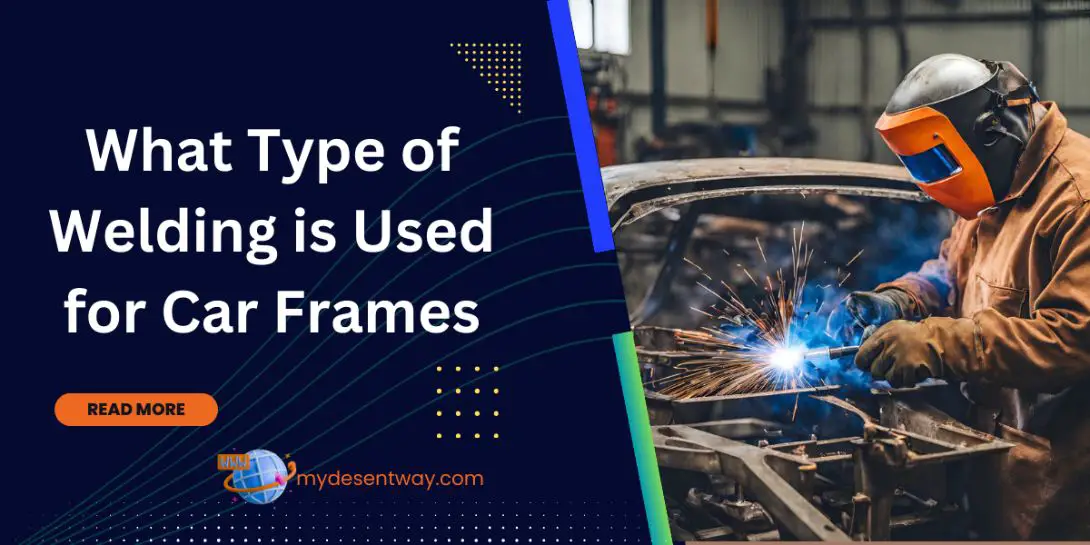
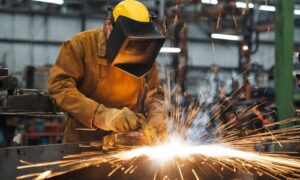
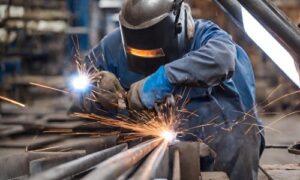
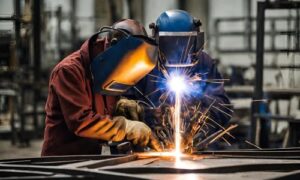

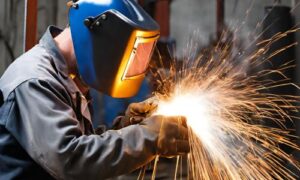
3 thoughts on “What Type of Welding is Used for Car Frames: Shocking Truth”